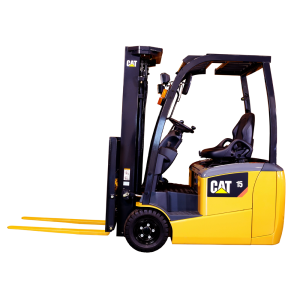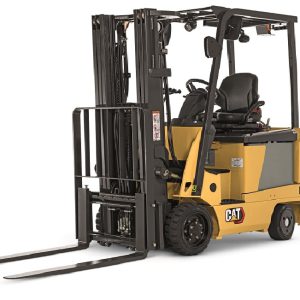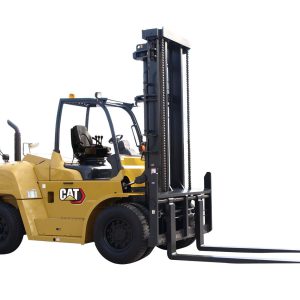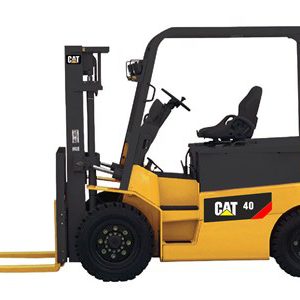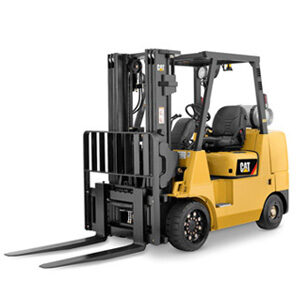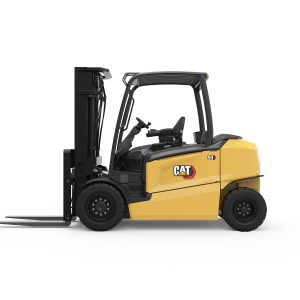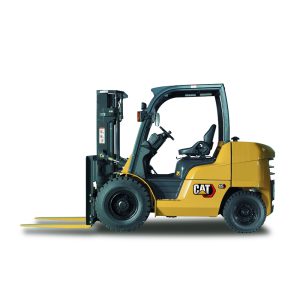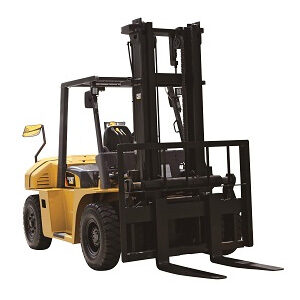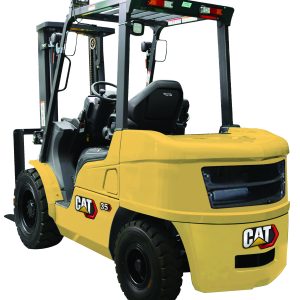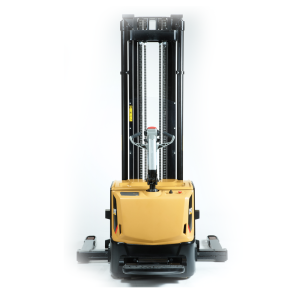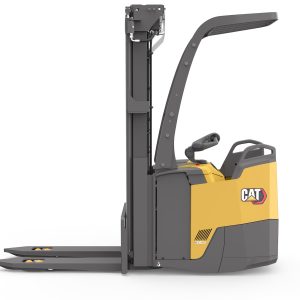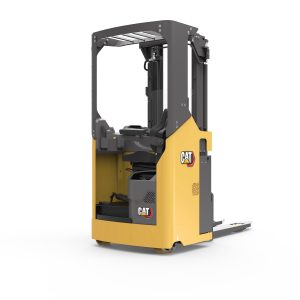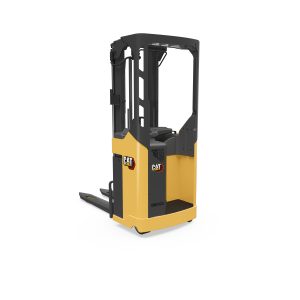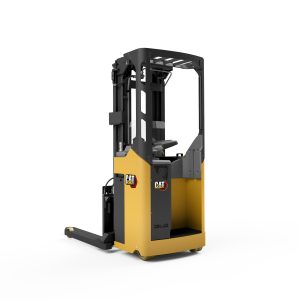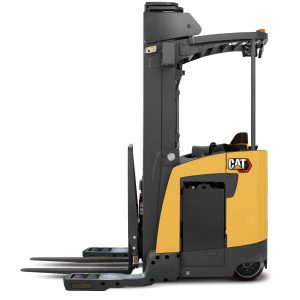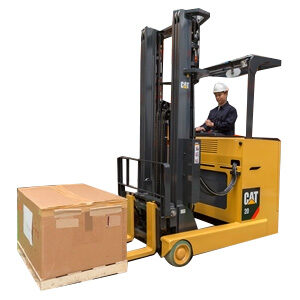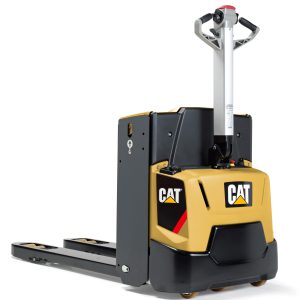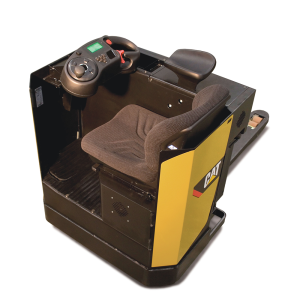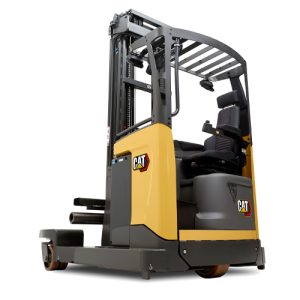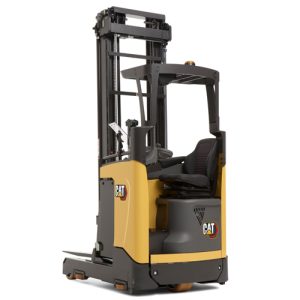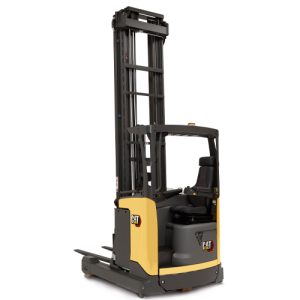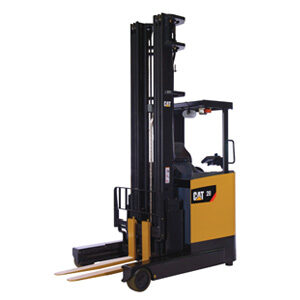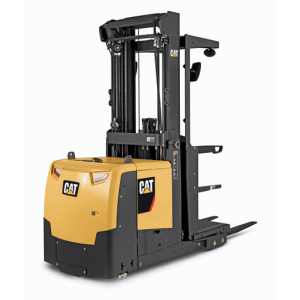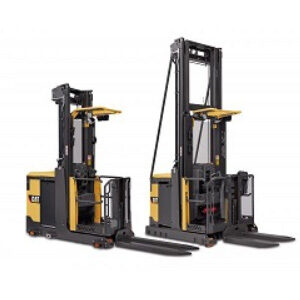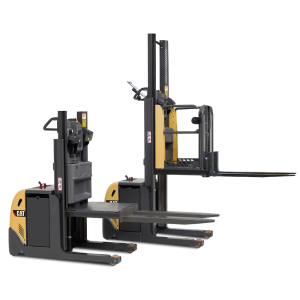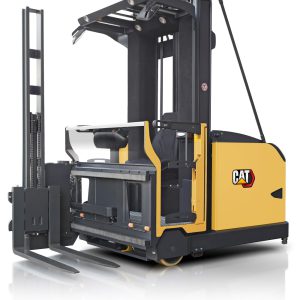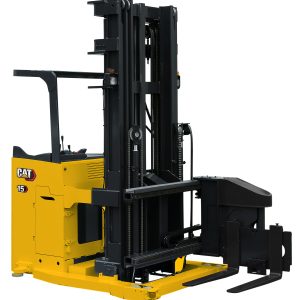
A change is going to come
13/07/2020
Logistics must adapt to changes in consumer behaviour
Changes in consumer purchasing habits require the logistics and materials handling industry to adapt, quickly, and adopt Fourth Industrial Revolution technologies, writes Ruari McCallion.
You can blame inadequate management; you can blame poor purchasing choices – and both must carry some responsibility for the decline in high-street sales. You can even blame the shoppers for “selfishly purchasing goods from the internet”, like the leader of a provincial town council in England(1). It is true that online retailers have widely reported strong growth in recent years, frequently in double digits.
Online retailer Boohoo, for example, said it was “pleased to confirm” revenues surging, by 43% to £564.9m for the six months to 31st August 2019. The UK was the EU 28’s largest e-commerce market(2) but Germany, the second-largest, and Europe’s biggest economy overall, saw physical, high-street retail sales nearly flat in 2019, while its e-commerce segment grew 7.8%. Online retail sales in the UK, generally, rose 9.4% year-on-year in December 2019, and 11.3% in Q4, according to the latest IMRG Capgemini Online Retail Index. It nonetheless described the full-year online sales growth figure of 6.7% as “disappointing”, compared with 2018’s 11.8%.
Disappointing it may have been to some, but not nearly as disappointing as the closure of thousands of retail units and the redundancies of tens of thousands of employees.

Don Marshall, Head of eCommerce & Fulfilment, Exporta
From high street to home delivery
At some point, the reality must dawn that it isn’t simply bad management; it isn’t just poor purchasing decisions; it isn’t even a rise in ‘green consciousness’ and decline in consumerism; and nor is it shoppers being awkward and uncooperative. The model of purchasing and delivery is changing. This change is even more fundamental than the rise of the one-stop, ‘big box’ supermarkets in the past – and it will have a wider impact.
The current model of large warehouses delivering to big box retailers is being overtaken by events, and logistics providers have to adapt.
“The growth in the home delivery sector has been massive and, equally, the demands for accurate delivery lead times and narrow slots have driven the investment and development of technology that enables this. Supply chain efficiency is key,” says Don Marshall, Head of eCommerce and Fulfilment, Exporta, which is part of the Anchorpoint Group and specialises in racking, shelving and palletised transport and storage solutions. “The cost of home delivery supply chains, especially when you add in the cost of returns factor, is high and a lot more difficult to manage.”
Led by Tesco, which had the most efficient e-tailing retail model in Europe, retailers have put a lot of work into making their supply chains more efficient and have successfully cut out a lot of waste. Don Marshall expects that retailers will continue to work with their third-party logistics companies to make store operations more efficient, eliminating even more waste and moving to more of a just-in-time model. This will allow them to reduce overall stock levels but, in order to do so, they will need to invest in better stock control, movement and management systems.
“The cost of home delivery supply chains is high and a lot more difficult to manage.”
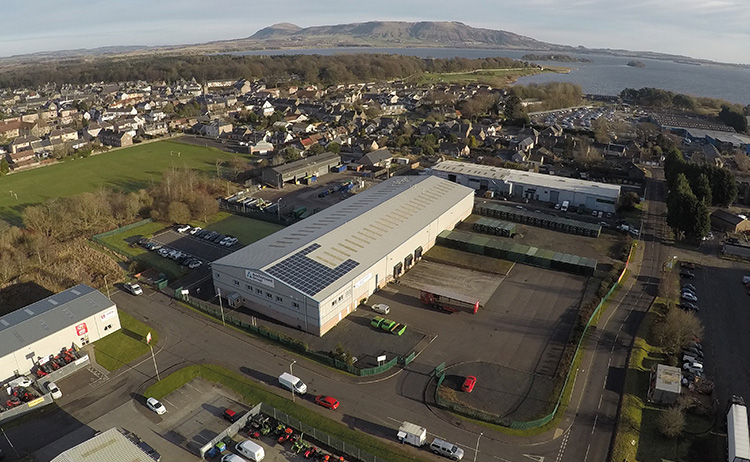 A-Change_content_images_1.2
A-Change_content_images_1.2Exporta specialises in racking, shelving and palletised transport and storage solutions for today’s changing logistics world. Photo: Exporta
Going ‘glocal’
Neil Ballinger, Head of EMEA Sales and Training and Development Manager at industrial automation supplier EU Automation, talks about what he describes as the ‘glocal supply chain’.
“Glocalisation is not really a new thing, since multinational companies have always been compelled to adapt their production to local requests. For example, automotive manufacturers have to diversify their offer based on specific regulations, the most obvious example being which side the steering wheel is on and whether the speedometer is in miles or kilometres per hour,” he says. ‘Glocalisation’ sounds like an alternative name for ‘think global act local’ but there is more to it, he maintains.
“What is new is the impact that a glocal business model is having on supply chain management, with manufacturers striving to achieve a supply chain that acts on a global level but adapts to local demand,” he says. Companies need distribution and inventory management systems that can trace products at a global level, which means providing visibility across all nodes of the value chain, regardless of geographic location. “However, these systems also need to be able to adjust to local trends, predicting demand for certain items in specific locations and managing stock accordingly. Automation technology can help create what is known as a ‘cognitive supply chain’, where all these complex operations are fully digitalised.”

Neil Ballinger, Head of EMEA Sales and Training and Development Manager, EU Automation.
Digitisation for responsiveness and flexibility
Digitisation is necessary because such a high level of traceability and flexibility requires data on consumer behaviour to be analysed in real time, and a supply chain that is able to rapidly move items where they will be needed. The Fourth Industrial Revolution, with highly digitised, connected units adding value, is not restricted to automated factories. Logistics and warehouse management must follow suit. But even the best management systems will not provide the solution if shoppers are moving from the centuries-old model of physically travelling to shops and ‘buying after trying’ to remote browsing and ordering for delivery at home. The problems being faced by the high street will not be solved by digitisation alone.
“It has become evident that disregard of local market conditions can negatively impact business, leading to operation and supply chain issues,” Neil Ballinger readily concedes. Alongside changes in behaviour around where to shop are strong changes in what to buy, as well, and that trend is being strengthened by growing ecological awareness – which may end up simplifying supply chains.
“There is increased public attention to the necessity of supporting national and regional economies by sourcing raw materials locally, which can also contribute in streamlining the supply chain and reducing freight fees,” he continues. “Fully automated – or cognitive – supply chains can perfectly integrate into a glocal business model and provide a number
of advantages.”
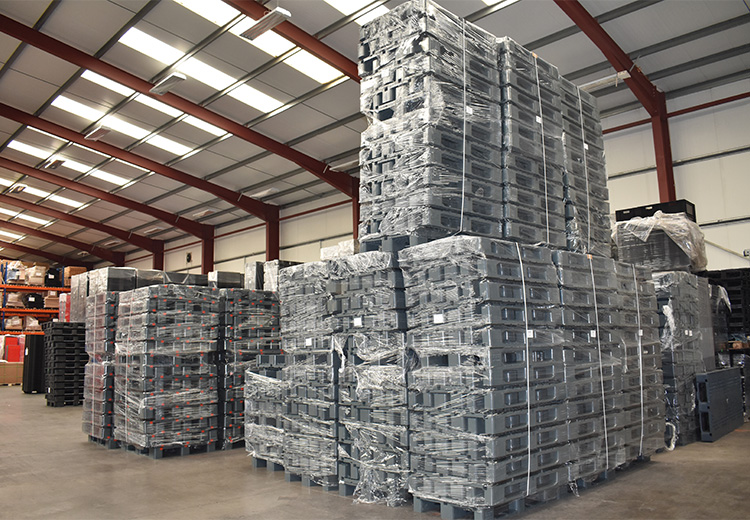
Traditional, large, regional warehouses still have their place, but ‘last half mile’ home delivery requires a different approach to maximise its efficiency. Photo: Exporta
Past, present and future coexistence
Traditional models that rely on historical statistical approaches to demand forecasts are not responsive or flexible enough. Big data can help but only if data processing is fast enough to react to rapid, swift changes in local markets. Does this mean that the days are numbered for traditional, large, regional warehouses acting as distribution nodes? The huge success of Amazon would say that the answer is no; its warehouses are among the biggest. They are also, increasingly, among the most automated, along with those of online grocery business Ocado.
For the foreseeable future, the two models will work alongside each other; the high street model is bruised and battered but not yet dead. In the home delivery model, logistical management focus has to be on the ‘last half mile’, which is the most expensive part of that value chain.
“People have been talking about drone deliveries being a thing of the near future for a while but I cannot see this coming to fruition,” says Don Marshall. “Drones are very limited in what they can carry and where they can go; a fleet of delivery drones flying through cities is never going to happen – especially if you live anywhere near an airport.”
Automation in the warehouse is already well advanced; Industry 4.0-level integration is the essential next step. The high street will survive, because people are sociable, fashion is social and the centralised model of shops to which consumers travel and collect purchases remains logistically efficient and has environmental benefits of scale. The challenge for logistics is to make the last half mile delivery as cost-effective, reliable and convenient as that traditional model.
“A fleet of delivery drones flying through cities is never going to happen.”
Source from : https://eurekapub.eu/economy/2020/03/24/a-change-is-going-to-come



